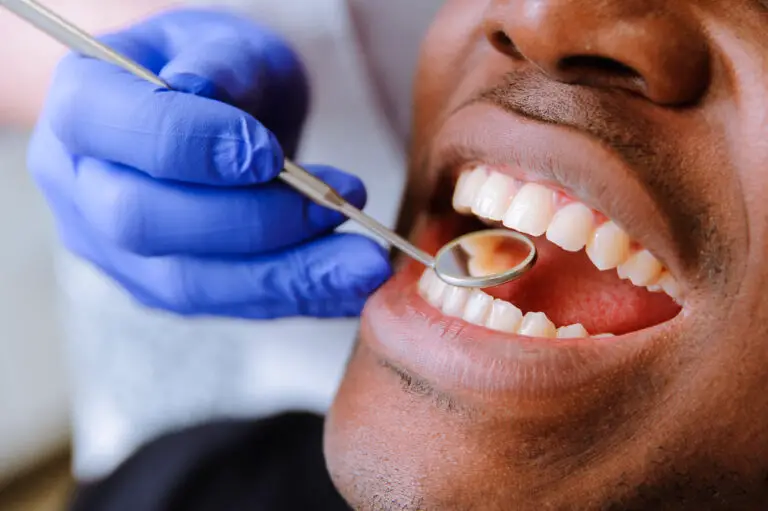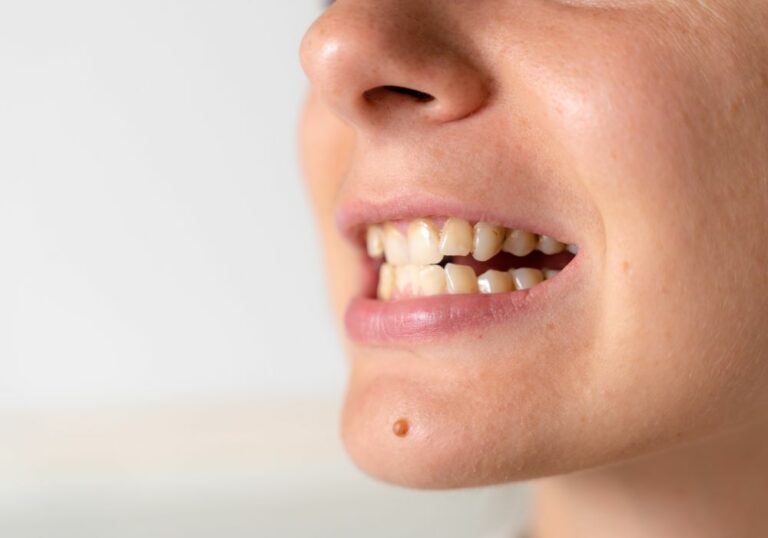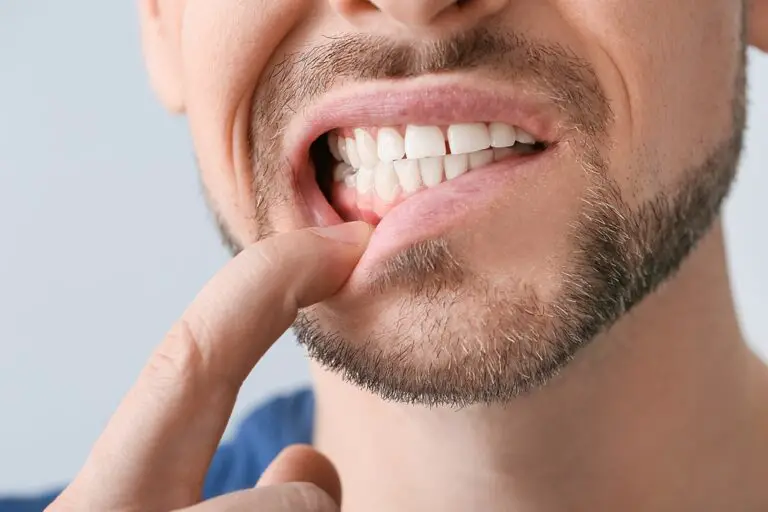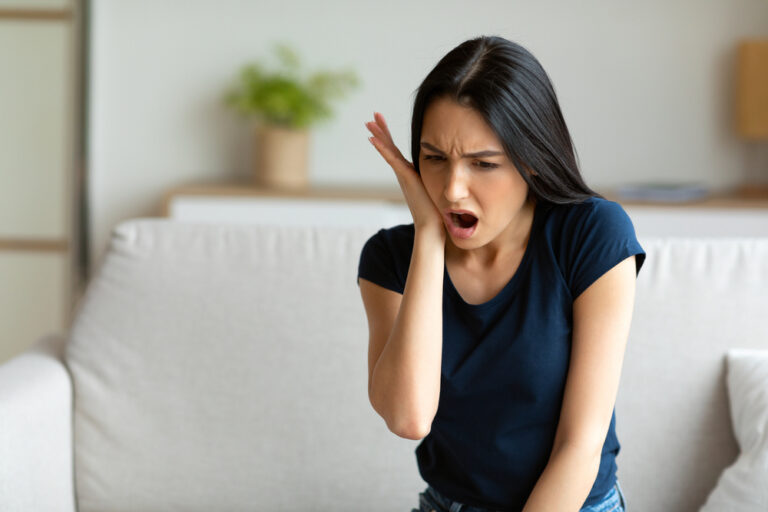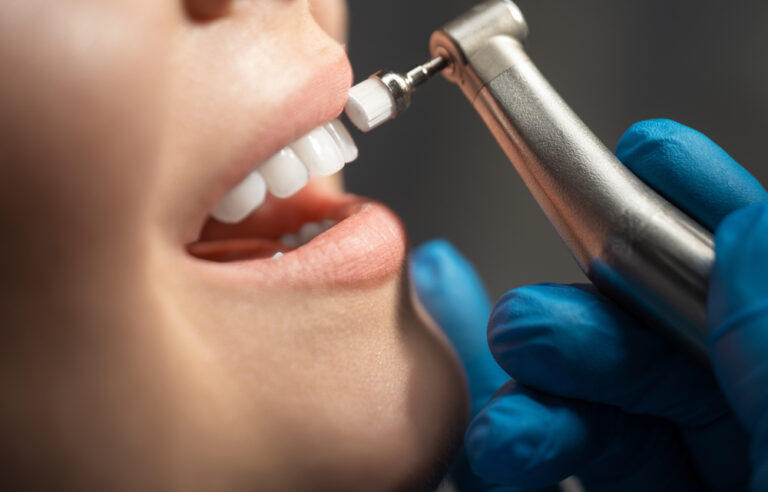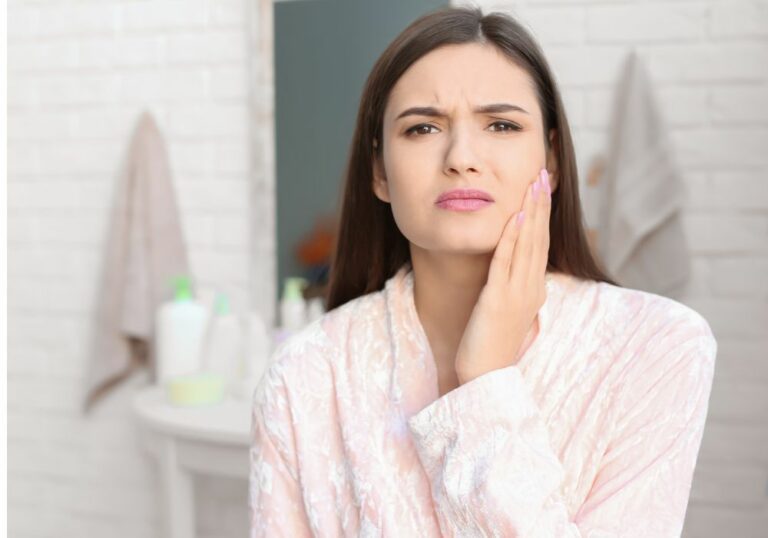If you’ve noticed your teeth looking more yellow with Invisalign aligners and attachments, you’re not alone. Many patients report their teeth darkening or yellowing during Invisalign treatment. Here’s an in-depth look at why this happens and what you can do about it.
What Causes Teeth Yellowing with Invisalign?
There are a few key reasons Invisalign attachments can make teeth appear yellow:
Glue residue
The glue used to bond attachments to your teeth is an acrylic or composite resin. As it hardens, some of this glue can seep into microspaces around the edges of the attachment. This leaves a tiny glue line that hugs the perimeter of the attachment. Normal brushing and flossing cannot remove this glue line.
Over time, the glue can take on a yellowish discoloration as it absorbs stains from food, drinks and plaque. This makes the teeth look darker and yellowed right around the edges of the attachments.
Plaque accumulation
Invisalign attachments are small bumps or ledges of composite material that protrude slightly from the teeth. Their raised, roughened texture provides plenty of surfaces for plaque to adhere to. Plaque naturally builds up throughout the day around attachments more than usual. Patients cannot brush attachments as easily as smooth enamel, allowing plaque to accumulate. Plaque that sits stagnant on the teeth can become mineralized and turn into tartar. Both plaque and tartar can become stained yellow or brown, discoloring the teeth.
Dehydration
Invisalign trays are worn over the teeth almost all day, with only brief breaks for meals and brushing. This prevents the normal flow of saliva over the teeth that provides hydration, minerals and flushing. Lack of salivary flow leads to slight dehydration of tooth surfaces underneath aligners. Dehydrated enamel can appear more yellow or discolored compared to its normal lustrous, white sheen.
Chemical staining
Invisalign attachments are made from bis-acryl composite resin materials. Certain chemicals found in foods, drinks, mouthwashes or medications can stain these composites over time.
Staining chemicals include tannins from coffee, tea and red wine, curcumin in curry spices, and chromogens from berries and tomatoes. Even mouthwashes containing chlorhexidine or cetylpyridinium chloride can chemically stain attachments. The attachments take on a gradual yellowish discoloration when exposed to such staining substances.
How Long Does the Yellowing Last?
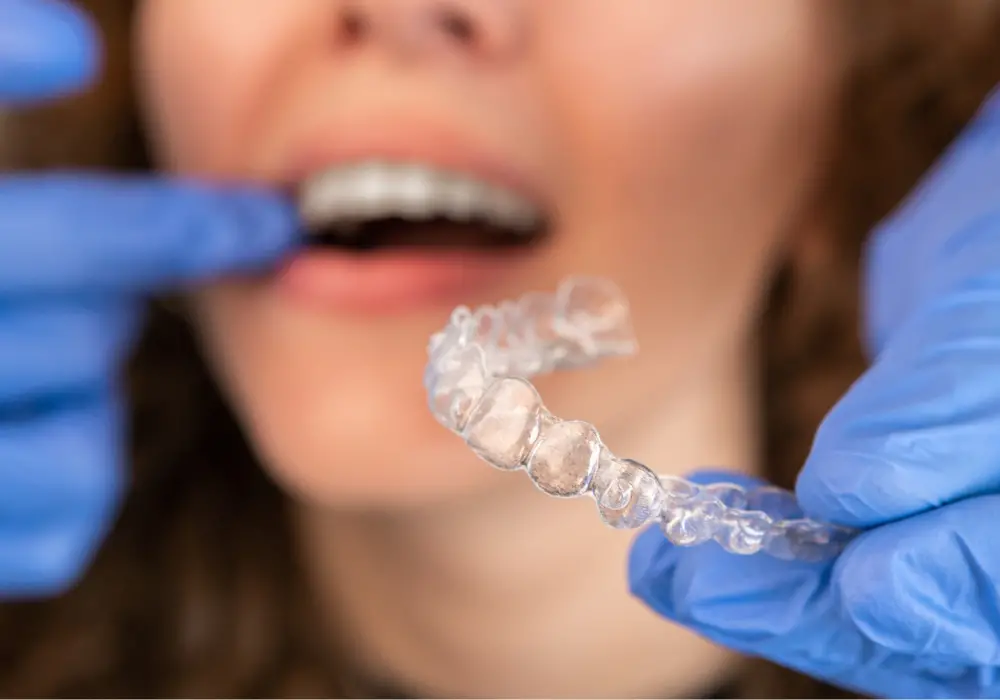
For most patients, the yellowing caused by Invisalign attachments is temporary. It may persist throughout treatment but should improve once attachments are removed.
Here’s a closer look at how long you can expect yellowing to last with different causes:
- Glue stains: The glue line around the edges of attachments can appear yellow 4-6 weeks into treatment. This yellow tinge typically lingers until the attachments are removed after treatment. It then takes 1-2 weeks of renewed oral hygiene for the glue stains to fully resolve.
- Plaque buildup: Plaque stains may become visible 2-3 months into Invisalign treatment. Keeping up with brushing, flossing and cleanings can prevent worsening. Once treatment is complete, re-establishing excellent oral hygiene without attachments obstructing access should allow teeth to regain their natural color within 1-2 months.
- Dehydration: Some dull yellowing from enamel dehydration may happen 1-2 months into treatment as teeth remain covered 21+ hours a day. This effect should reverse within the first few weeks after treatment when saliva can freely rehydrate teeth again.
- Chemical staining: Gradual chemical staining can start becoming noticeable 3-4 months into treatment. It tends to worsen slowly throughout the remainder of treatment depending on dietary and oral care habits. Once attachments are removed, it may take up to 1-2 months for chemical stains to fully resolve as deeper layers of enamel remineralize.
For some patients, stains from food, plaque or medications can become more engrained or intrinsic within the enamel. In these cases, professional dental whitening may be required after treatment to remove lasting yellow discoloration.
How to Prevent Yellowing with Invisalign
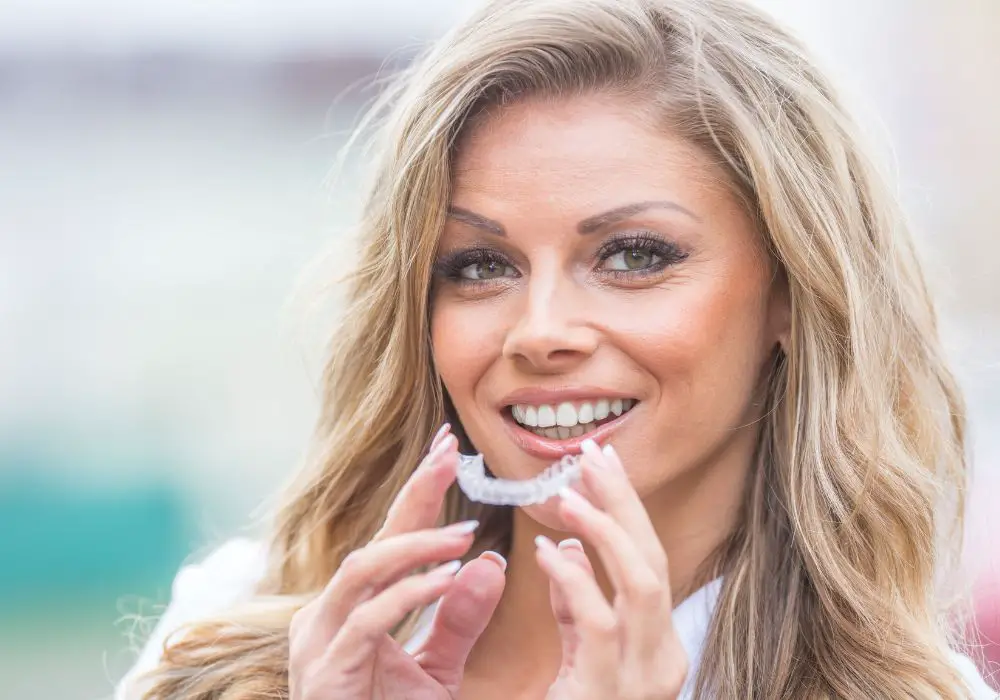
While some temporary yellowing is expected with Invisalign attachments, you can take proactive steps to minimize staining and discoloration of your teeth during treatment:
Clean carefully around attachments
- Use an orthodontic toothbrush with a small head and soft, angled bristles to reach attachments.
- Gently brush all tooth surfaces and sides of attachments. Take care not to disrupt attachment bonding.
- Thread floss under attachments and move it up-and-down to dislodge plaque.
- Use interdental brushes to scrub around attachments and between teeth.
- An oral irrigator can flush out plaque from around attachments.
- Clean attachments whenever you remove aligners to eat or drink.
Avoid staining foods/drinks
- Beverages like coffee, tea, wine, sports drinks, juice and soda can stain attachments. Limit intake and rinse mouth thoroughly after.
- Curries, tomato sauces, soy sauce, berries and bright vegetables like carrots can also stain.
- If you do indulge in staining foods/drinks, brush immediately after to prevent attachment staining.
Use whitening toothpaste
- Choose a toothpaste designed specifically for whitening, sensitivity or smoking stains.
- Look for ingredients like hydrogen peroxide, baking soda or activated charcoal.
- Use the whitening toothpaste twice daily when brushing.
- The polishing agents and mild abrasives help scrub stains off attachment surfaces.
Clean aligners regularly
- Always remove and rinse aligners before eating or drinking.
- Brush aligners before re-inserting with a soft brush and soap.
- Soak aligners for 10-15 minutes daily in denture cleaner.
- Change to a fresh set of aligners as prescribed.
- This prevents aligner staining that can transfer to teeth.
Get professional cleanings
- See your dentist for cleaning every 6 months.
- They will use scalers and polishers to remove plaque and stubborn stains from attachments and tooth surfaces.
- More frequent cleanings while in treatment can optimize attachment cleanliness.
Drink plenty of water
- Swish and swallow water frequently throughout the day.
- This hydrates the enamel under aligners and prevents dryness that worsens staining.
- Drinking water also helps neutralize acids and rinse away food debris.
What to Do About Yellow Teeth from Invisalign

If you do develop noticeable yellowing or stains on your teeth from Invisalign attachments, don’t just accept the discoloration. Talk to your orthodontist about these solutions:
Wait for attachment removal
- For mild yellowing, simply waiting until attachments are removed at the end of treatment may be enough.
- Once attachments are no longer trapping and accumulating stains, teeth should naturally regain their normal brightness.
In-office whitening treatments
- Your dentist can perform professional whitening with a high-concentration peroxide gel.
- This is applied directly to teeth and enhanced with a special light or laser light to speed up bleaching.
- A single 30-60 minute in-office whitening session can often eliminate attachment-related yellowing.
Custom take-home whitening trays
- Your dentist takes impressions of your teeth and makes custom-fitted plastic trays.
- You receive a lower dose peroxide gel to wear with trays for 30-60 minutes daily at home.
- Gradually lightens teeth over the course of 1-2 weeks.
Over-the-counter whitening pastes
- Adhesive whitening strips applied to attachment surfaces can provide mild lightening.
- Whitening toothpastes with gentle polishing agents can also help reduce yellowing over 2-4 weeks with consistent use.
Replacement of attachments
- If some attachments are still extensively yellowed after whitening attempts, ask your orthodontist to replace them.
- Buffing off specific stained attachments and bonding new ones can instantly restore brightness.
When to See Your Dentist
Make an appointment with your dentist or orthodontist promptly if you experience:
- Sudden significant yellowing within a few days. Could signal an oral health issue.
- Tooth pain, sensitivity or damaged enamel alongside yellowing. May indicate decay or other problem.
- No improvement after 2-3 weeks of home whitening remedies. May need stronger in-office whitening.
- Yellowing returns rapidly after attachment replacement. Suggests an underlying cause like poor oral hygiene or dietary habits.
Bring up any concerning tooth yellowing at your next scheduled orthodontic visit. The dental team can assess causes and recommend next steps. Don’t wait with worsening yellow stains.
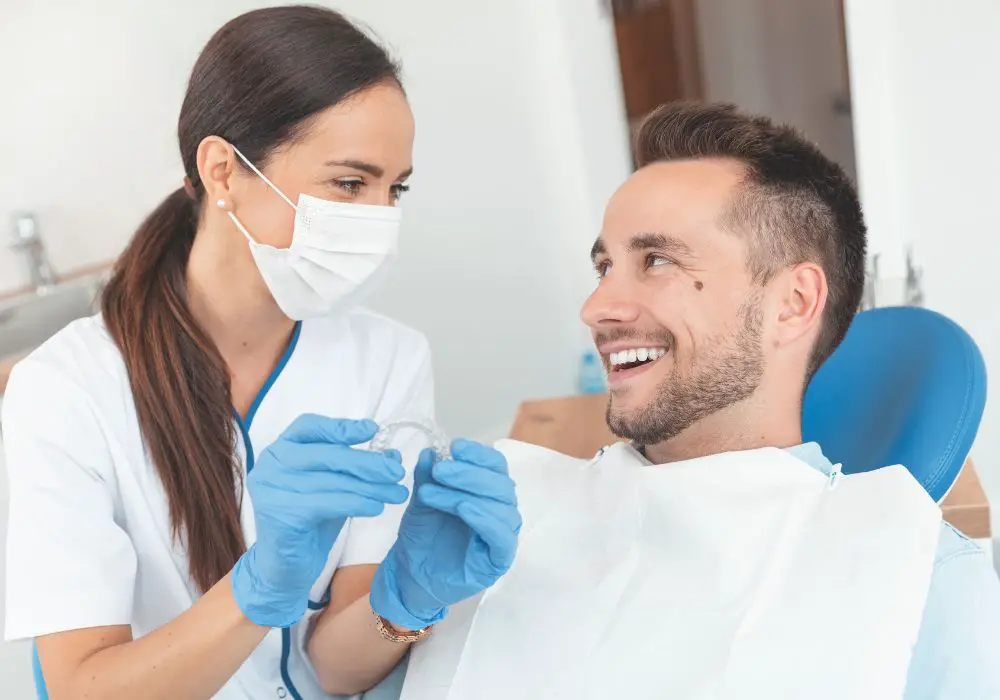
FAQs About Yellow Teeth and Invisalign
Here are answers to some frequently asked questions about Invisalign and tooth discoloration:
Can Invisalign attachments stain permanently?
Most attachment staining is temporary and can be removed with whitening, cleaning or replacement. But in some cases, deep intrinsic stains may persist without proper oral care during treatment.
Do coffee, tea and red wine stain attachments?
Yes, beverages like coffee, tea and red wine can stain attachments due to their acidic pH and staining compounds like tannins. Limit intake or rinse mouth thoroughly afterward.
Should I get my attachments replaced if stained?
Request stained attachments be replaced if cleaning and whitening haven’t restored color after 1-2 months. Keep in mind they can stain again without careful hygiene.
Can I whiten my teeth with Invisalign?
Yes, custom take-home whitening trays or in-office procedures are safe and effective for whitening with Invisalign. Reduce peroxide contact time to avoid irritation.
Will my teeth stay whiter after Invisalign?
With consistent oral hygiene, your teeth can remain bright long-term. Some fading over time is normal. Consider occasional touch-up whitening a few times per year.
Conclusion
Noticing yellowed or stained teeth with Invisalign? Don’t panic. While annoying, it’s a common temporary effect. Focus on improving oral hygiene and limiting staining foods during treatment. If stains persist, consult your orthodontist about professional whitening or attachment replacement to restore your bright smile!

